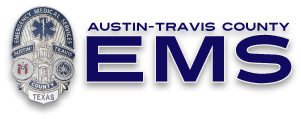Definition
Call to Door Time: While call-to-door times have not been proven to have any clinical impact on the outcome of patients with STEMI, Stroke, or Trauma, we believe that when considered along with other Patient Satisfaction data, the call-to-door times can help us better understand the patient’s experience of care. We measure the call-to-door times beginning from the time that the communications medic answers the phone in the 911-center. The time interval ends when the ambulance arrives at the hospital with the patient. Because most of the variables that affect the call-to-door time is outside of the control of EMS, we do not have goals for these time elements. We simply use them to monitor the patient’s experience of care with EMS.
Why is this important?
The Institute for Healthcare Improvement (IHI) has established an initiative called the Triple Aim. One of the components of the Triple Aim is to improve the patient’s experience of care. EMS uses the call-to-door time as a proxy of patient satisfaction.
NOTE: We recently reviewed and updated our clinical audit processes. As part of the update, we adjusted data filters to ensure consistent measurement across the various clinical indicators we report. These changes may result in a small amount of variation from previously reported results.
This measure relates to our Strategic Goals for Service and Finance- S1, S2, S3, F2, and F3:
S1: To be an organization that strives to improve the lives of people in our community.
S2: To have a service delivery model that best serves the needs of our community.
S3: To be an organization that puts service before self.
F2: To be an organization that provides value to the community.
F3: To provide quality cost efficient service to the community.
View the Austin-Travis County EMS Strategic Plan

